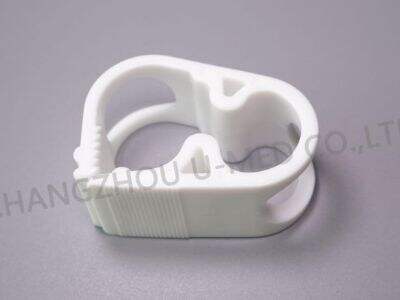The 3-way stopcock valve that you might observe being used at the doctor. These tiny but crucial electronic circuits manage the movement of fluids and gases throughout medical devices. But do you know which factors affect its flow rate? We will examine some of those factors that determine the velocity with which such liquids and gases can pass through, what are known as, these valves through this article.
How Valve Size And Design Affects Flow Rate Control
Valve Design: Another important factor that impacts the flow rate density in a 3 ways stopcock valve is the size and design of the valve. It also determines the amount of liquid or gas that can pass through it at a given time. Since this is a valve, the more it opens it allows the flow to pass through; The less it opens, the less flow can flowLENGTHcombine both! The valve itself is designed to hinder a large flow rate. Others may be completely smooth inside and offer minimal resistance to flow making it fast, whilst others may have more twists and turns that can retard the progress of liquids or gases.
The Flow Rate Effect of 3-Way Stopcock Valve
In the 3-way stopcock valve, the flow rate also depends on pressure drop which is a consequence of ΔP. Pressure: This is the force that actually moves liquids and gases through the valve. The finer the balance and greater the difference in pressure, the more flow will be increased. However, if pressure is more proportional, the flow rate is reduced. As such it is critical for doctors and medical professionals to change the pressure in their equipment so that liquids and gasses flow at the correct rate.
Impact of Viscosity Characteristics on Flow Rate Through a 3-Way Stopcock Valve
Flow Rate in 3-Way Stopcock Viscosity is also an alert factor for the amount once it comes to understanding unitedly a definite amount. In simple terms, viscosity measures how thick (or thin) a liquid is. Syrup is thicker than water, having a higher viscosity that slows its rate of flow. Water does, as much thinner fluid should flow faster owing to a lower viscosity. The flow rate may be affected because of different viscosity between 3-way stopcock valve passing fluids. Doctors and health care personnel have to deal with liquids of different properties, some of them are more viscous than others, whether it is to do surgery or just in the hospital. They need be able use flow rates that is near-constant.
Effect of setting control on 3 way stopcock valve
The control settings, as discussed previously on a 3-way stopcock valve will also influence the flow rate. Doctors and health care professionals can make adjustments to the flow of liquids and gases as necessary, using these settings. They can alter the flow rate higher or lower to suit specific needs for medical procedures through modifying the control settings. The ability to control flow rate using a 3-way stopcock valve is an important step in making sure that the output of medical equipment is performing appropriately and delivering the correct quantities of liquid, and gas to patients.
Finally, vascular catheter flow affecting 3 way stopcock is a complex phenomenon for which multiple variables included are pressure differences, diameter and design of the valve, viscosity as well as its manipulation. Understanding how these factors affect flow rate means that doctors and other medical staff can adapt the flow of fluids and gases in medical devices to suit their needs. So the next time you see one of these 3-way stopcock valve at a visit to your doctor, you can appreciate how it works and now understand why flow rate matters so much. And always, for all the medical equipment requirements trust U MED to supply you the good stuffs as what your expectations meant.

 EN
EN
 AR
AR BG
BG HR
HR CS
CS DA
DA NL
NL FI
FI FR
FR DE
DE EL
EL HI
HI IT
IT JA
JA KO
KO NO
NO PL
PL PT
PT RO
RO RU
RU ES
ES SV
SV TL
TL ID
ID LT
LT UK
UK VI
VI HU
HU TH
TH TR
TR AF
AF MS
MS GA
GA HY
HY BN
BN LO
LO LA
LA NE
NE KK
KK